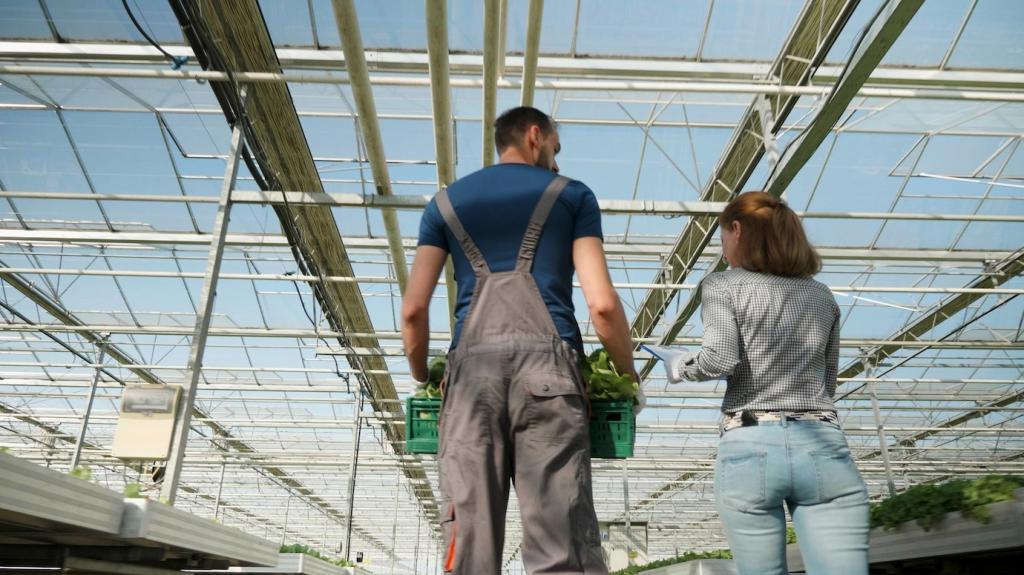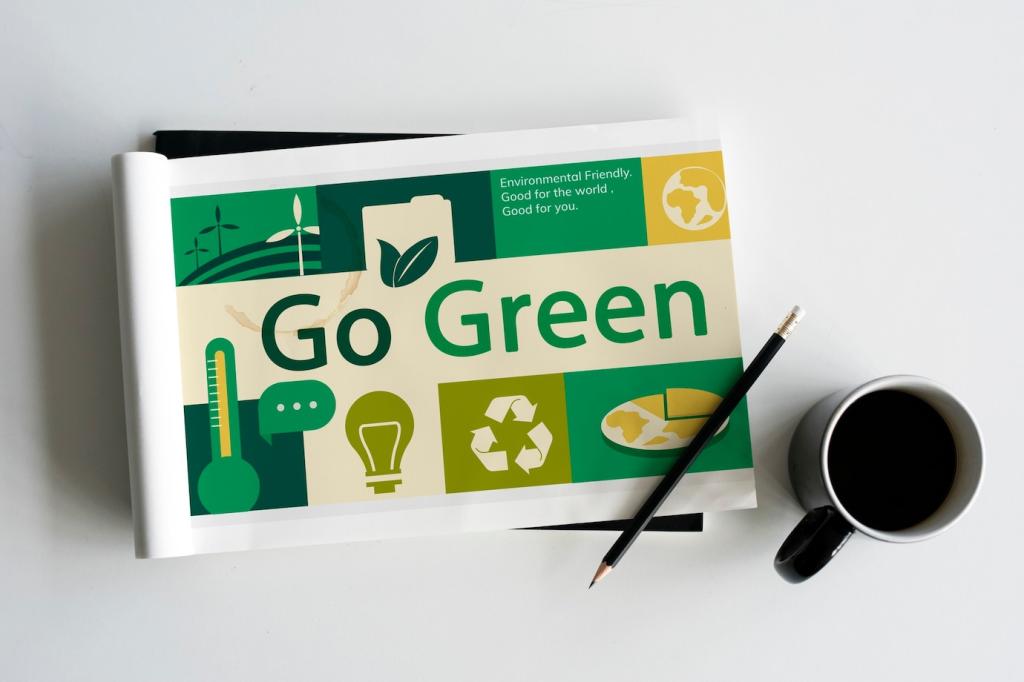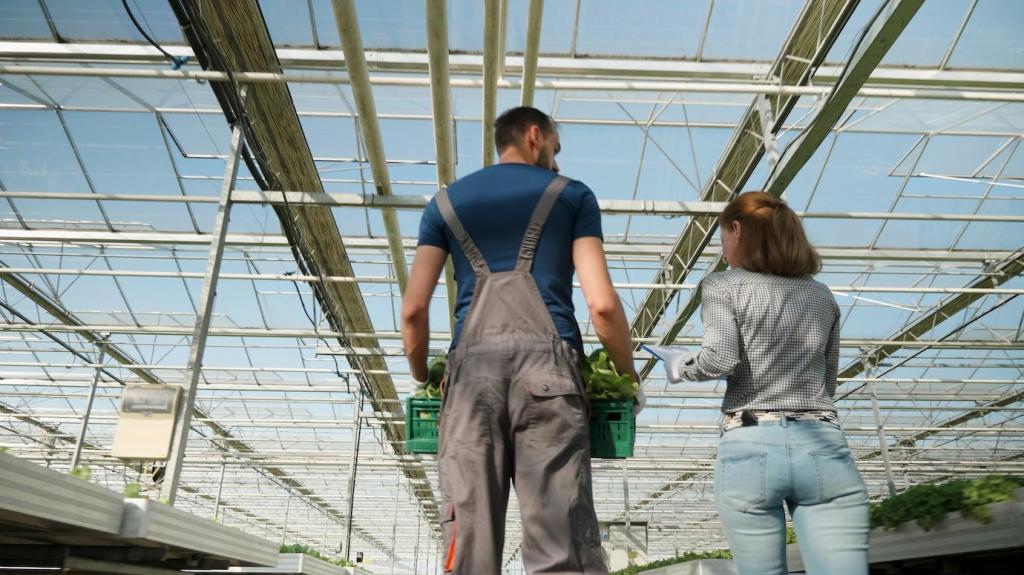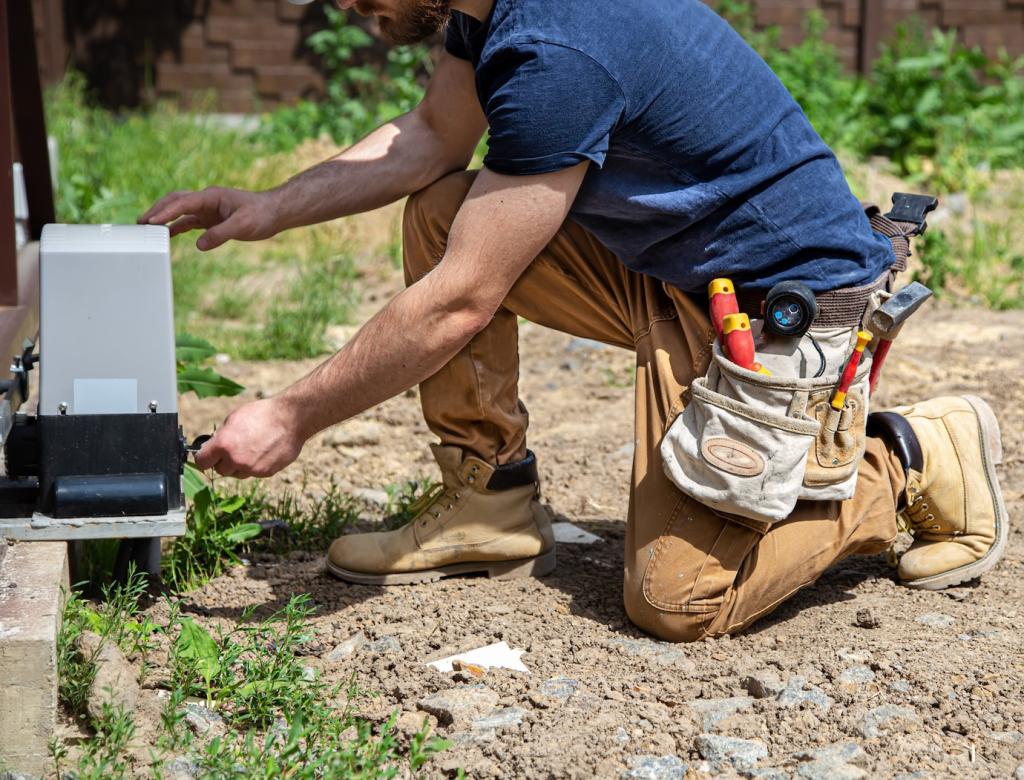
Natural Stain Removal Techniques for Upholstery: Gentle Power for Everyday Spills
Chosen theme: Natural Stain Removal Techniques for Upholstery. Welcome to a cozy corner of practical wisdom where eco-friendly fixes meet real-life messes. Learn safe, effective, and affordable methods that protect fibers, preserve colors, and keep your home fresh. Share your toughest stains, subscribe for new tips, and let’s rescue those cushions together.
Know Your Fabric Before You Treat
Before you touch a stain, test your solution on a hidden seam. It takes one minute and helps you avoid color lifting, watermark rings, or fuzzing fibers. Dab, wait for full drying, then compare in good light. If the area looks unchanged, proceed with confidence.

The Pantry Toolkit: Vinegar, Baking Soda, Salt, and Soap
Diluted white vinegar helps neutralize odors and break down coffee, tea, and some wine stains. Mix one part vinegar with three parts cool water and blot gently. Its acidity can rebalance alkaline residues and brighten dull patches. Finish with a water-only blot to smooth the pH.
Stain-Specific Playbook: Coffee, Wine, and Grease
Blot the spill immediately with a dry, white cloth. Mist with cool water, then apply a diluted vinegar solution. Dab patiently—no rubbing. A drop of castile soap helps with milk or sugar. Alternate vinegar solution and water-only blots until the tan shadow disappears.
Stain-Specific Playbook: Coffee, Wine, and Grease
First, blot excess without spreading. Sprinkle salt to pull color upward, then lift with a spoon. Follow with a gentle vinegar-and-water dab, and finish with a tiny castile soap pass. Rinse by blotting with clean water. Keep patience high and pressure low to avoid halos.


Blot, Don’t Rub
Rubbing forces pigment deeper and raises pilling. Instead, press a clean cloth straight down, lift, rotate to a fresh spot, and repeat. Work from outside toward the center to contain spread. This simple choreography prevents rings and buys you time to choose the right solution.
Cold vs. Warm Water
Cold water is safest for tannins and protein stains, slowing setting while you lift color. Warm water can help with oily residues once pigment is managed. Start cold, test, then evaluate. If fibers feel slick or dyes look mobile, return to cool blotting and patience.
Dwell Time and Drying
Let solutions sit briefly—thirty to ninety seconds—so they can do quiet work beneath the surface. Then blot thoroughly and encourage airflow with a fan. Avoid heat until stains are gone, as warmth can set residues. Proper drying prevents odors and keeps cushions from warping.
DIY Natural Solutions You Can Mix in Minutes
Mix one teaspoon white vinegar and one cup cool water in a spray bottle. Lightly mist, then blot. Ideal for fresh spills and mild odors. Store labeled, away from heat. Always test first, and keep the spray fine to avoid overwetting cushions and causing water rings.


When a purple smoothie tipped onto the pale loveseat, salt and patience did the heavy lifting. After blotting, a snowy layer of salt drew color upward. A gentle vinegar pass and a cool-water finish erased the shadow. The only thing left was a relieved sigh and a laughing toddler.

Half-asleep, I missed the coaster and hit the armrest. Cold water, a teaspoon of vinegar, and calm blotting turned brown to beige to gone. The fabric felt unchanged, and the room smelled fresh, not perfumed. I scribbled the ratios on a sticky note for next time.

Olive oil dotted the cushion during a lively dinner. Baking soda rested like snow, then lifted to reveal clean fibers underneath. A tiny castile soap gel pass finished the job. After airflow and patience, the cushion bounced back, looking like the meal never happened at all.
Prevention, Maintenance, and Community
Pre-Treat and Protect Naturally
Vacuum upholstery weekly with a soft brush, and rotate cushions to distribute wear. Keep a dedicated clean cloth and your natural solutions nearby. Consider washable throws in high-traffic zones. These gentle habits lower stain risk and make quick responses feel easy, almost automatic.
Airflow, Sunlight, and Scent
Brief, indirect sunlight helps freshen, but avoid prolonged exposure that fades dyes. Use airflow to dry, not heat. For odor refresh, sprinkle baking soda, rest, and vacuum slowly. A tiny bowl of coffee grounds nearby can absorb room smells without ever touching the fabric’s delicate threads.
Join the Conversation
Share your toughest upholstery stain and the natural trick that worked. Ask questions, swap ratios, and subscribe for new playbooks and seasonal guides. Your photos, experiments, and honest missteps help everyone improve. Together we can keep couches cozy, clean, and welcoming without harsh chemicals.
